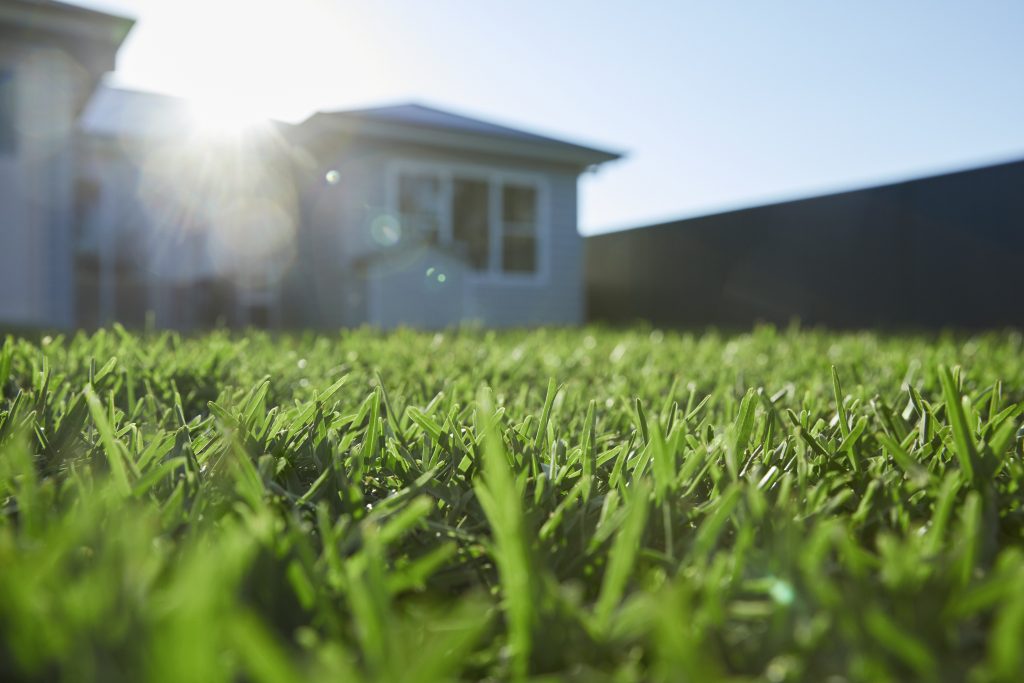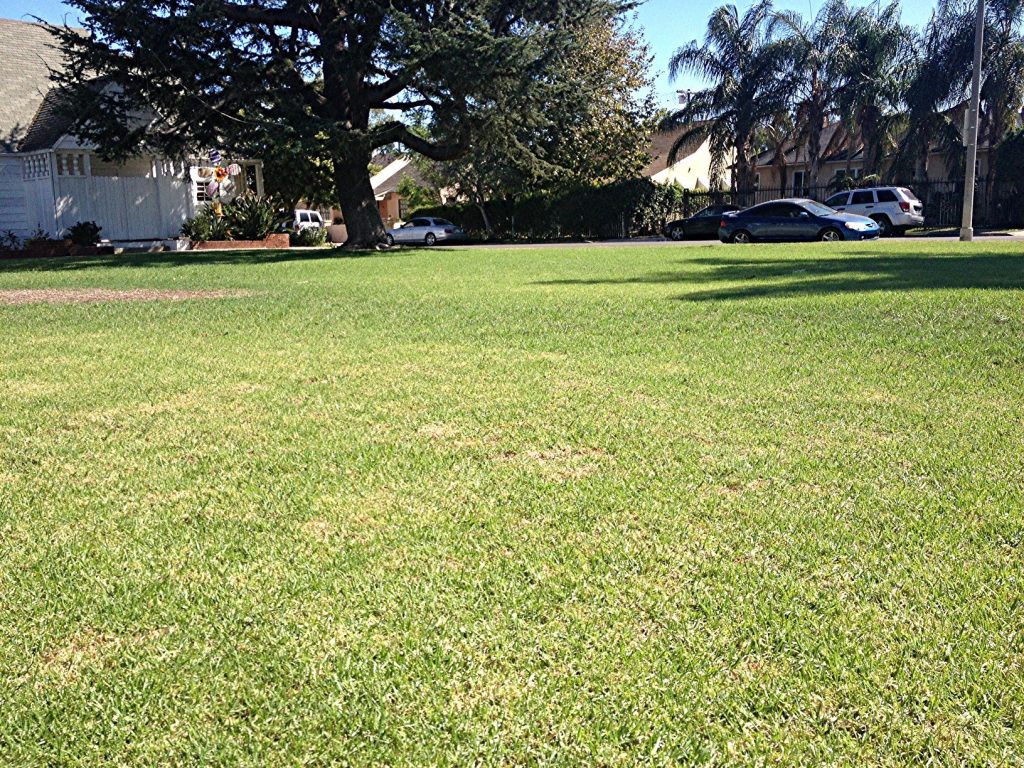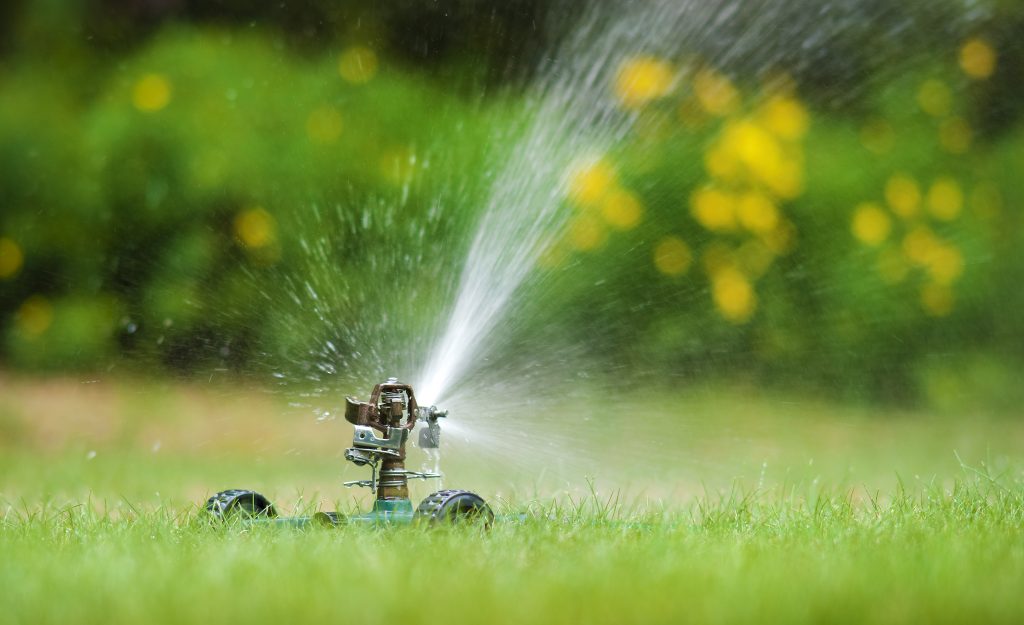Can a Lawn Mower Spread Fungus?
A beautiful green lawn is a natural invitation to relax, play and spend time outdoors. However, ensuring your lawn stays healthy requires effort and a lawn care routine, ...

 A healthy lawn provides you and your family with a green, lush and welcoming environment. However, when temperatures rise and the harsh summer sun beats down on your lawn, the grass can become stressed and struggle to thrive.
A healthy lawn provides you and your family with a green, lush and welcoming environment. However, when temperatures rise and the harsh summer sun beats down on your lawn, the grass can become stressed and struggle to thrive.
In this article, we’ll explore what happens to turf grass when it gets hot, and how to identify when it’s too hot to mow your lawn.
When lawns get hot, they go through a process called “transpiration”, releasing moisture through the plant’s leaves. This process helps to cool the plant and keep it from overheating.
But when temperatures are extremely high and humidity is low, transpiration can cause the grass to lose more water than it can take up from the soil. This leads to drought stress and can cause the grass to wilt and turn brown.
According to research from the University of Queensland, the ideal temperature range for turf grass is between 20°C and 30°C. At temperatures above this range, the grass can start to become stressed and show signs of heat damage.
The severity of damage will depend on the type of grass, soil moisture levels, and the duration and intensity of the heat.
Lawns with shallower root systems will suffer most.
By contrast, Zoysia grasses are hard wearing and drought tolerant because of their deep rooted system of underground runners, and tough grasses such as Kikuyu thrive in full sun and recover quickly from stress.
 One of the most obvious signs is the colour of the grass. A healthy and well-watered lawn should be a vibrant green colour, so if you notice the grass starting to turn yellow or brown, it could be a sign that it’s getting too hot.
One of the most obvious signs is the colour of the grass. A healthy and well-watered lawn should be a vibrant green colour, so if you notice the grass starting to turn yellow or brown, it could be a sign that it’s getting too hot.
Another way to check is to look at soil moisture levels. If the soil is dry and cracked, it’s a good indicator the grass will struggle to get enough water. You can check moisture levels by digging down a few centimetres into the root zone and feeling the soil. If it’s dry to the touch, it’s time to water your lawn, but don’t mow it.
It’s also important to pay attention to the weather forecast. If temperatures are forecast to be extremely high for an extended period, it’s best to avoid mowing your lawn until the hot spell passes.
According to research from the University of Melbourne, mowing the lawn during a heatwave can cause significant damage to grass and make it more susceptible to disease.
In addition to not mowing during a heatwave, there are other steps you can take to help your lawn cope with the heat. Here are a few tips:
 In conclusion, when turf grass gets hot, it can become stressed and struggle to thrive.
In conclusion, when turf grass gets hot, it can become stressed and struggle to thrive.
To identify when it’s too hot to mow your lawn, pay attention to the colour of the grass, soil moisture levels, and the weather forecast. If it’s too hot, avoid mowing and take steps to help your lawn cope with the heat.
By following these tips, you can keep your lawn healthy and vibrant, even during the hottest months of the year.
.